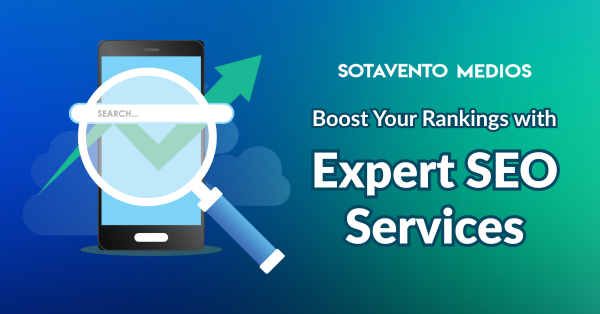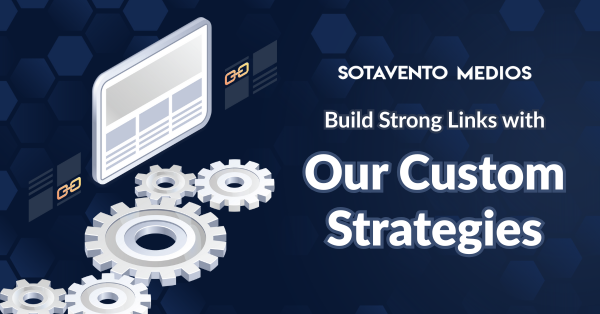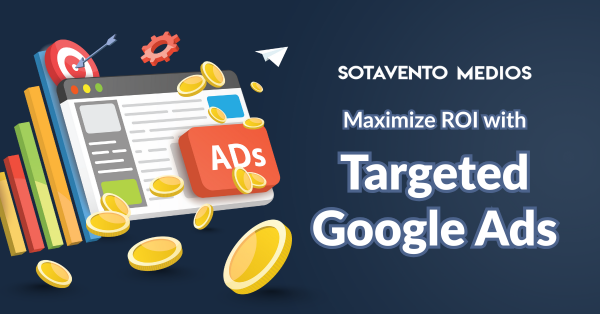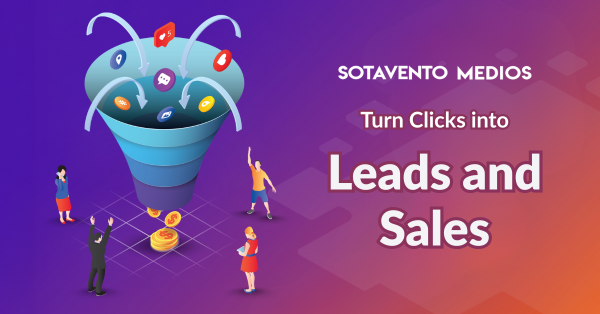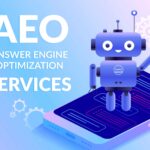In the fast-changing world of digital search, the key metrics that defined SEO success—keyword volume and ranking position—are not enough anymore. As Large Language Models (LLMs) like Google’s Gemini and OpenAI’s GPT-4 change the game from link-based ranking to citation-based authority, sophisticated B2B marketers must move from simple keyword targeting to a focused strategy known as Predictive Intent Targeting.
As a Technical SEO Expert at Sotavento Medios, my analysis shows a critical change: the true competitive advantage now comes from using LLMs not just for content creation but also for in-depth semantic analysis to anticipate and shape consumer decision-making pathways. This change is not simply an update; it forms the basis of SEO 2.0.
The Semantic Decoupling: Why Keywords Alone Are a Lagging Indicator
Traditional SEO reacts to past search data (keywords) to guide future content. However, the growth of AI Overviews (AIOs) and conversational search means a significant and rapidly growing portion of user intent is fulfilled without a click (zero-click searches).
The data is clear: AI search traffic is expected to outpace traditional organic search in the next few years. Users who do click through from an LLM-cited answer are often four times more likely to convert since their intent has already been heavily qualified.
This is the Semantic Decoupling: impressions increase, but clicks decrease, leading to a new metric for B2B success—Citation Readiness and Predictive Intent.
Understanding the LLM-Driven Intent Model
LLMs process and understand language based on the relationships between entities, moving well beyond the basic keyword matching of earlier algorithms. To succeed, marketers must connect their content with the complex, multi-faceted queries that LLMs favor.
Contextual Intent vs. Keyword Intent
| Traditional Keyword Intent | LLM-Driven Contextual Intent |
| “Best CRM Software” (High Volume, Ambiguous) | “What is the best CRM for a 50-person B2B SaaS team needing HubSpot integration?” (Low Volume, High Intent) |
| “Cloud Security Audit” (Transactional, Late Funnel) | “What are the integration challenges of migrating from on-prem to hybrid cloud security models?” (Informational, Technical Deep Dive) |
LLMs excel at responding to these complex, conversational, and highly specific long-tail queries. Their predictive ability allows them to group ambiguous search terms into clear buyer stages—Awareness, Consideration, and Decision—based on the full context of the query, not just isolated terms.
Strategies for Predictive Intent Targeting with LLMs
To capitalize on LLMs for predictive targeting, B2B organizations need to reshape their content strategies from a keyword map to an Intent-Cluster Map.
1. Entity-Based Optimization and Knowledge Graph Construction
The foundation of LLM understanding is the idea of an Entity: a person, place, thing, or concept (e.g., “Sotavento Medios,” “Technical SEO,” “Singapore”).
- Actionable Insight: Use detailed Schema Markup (Organization, Person, Product, FAQPage) to clearly define your brand’s identity, your authors’ expertise, and your content’s purpose. This structured data provides a direct feed for LLMs, improving your E-E-A-T (Experience, Expertise, Authoritativeness, and Trustworthiness) score and increasing your chances of being cited. LLMs will prefer citing authoritative, structured sources.
- Prediction Model: An LLM encountering a query about “B2B SaaS marketing” will prioritize content from an entity (Organization Schema) that shows strong E-E-A-T signals from related entities (authors, topics, citations).
2. Content Structuring for Citation Readiness (LLM Seeding)
Since the aim is to be cited (not just clicked), content structure must be designed for easy extraction and synthesis by an AI. This is often called LLM Seeding.
- Adopt Q&A Formats: Organize main sections and sub-sections as direct, conversational questions (H2/H3s) with concise, bulleted answers right after. This provides a straightforward input for AIOs and conversational results.
- Comparison Tables and Use-Case Verdicts: LLMs often create comparative summaries. Produce content that compares two solutions (e.g., “Product A vs. Product B for Mid-Market B2B”) and use repeatable, scannable formats (Pros/Cons, Feature Tables, clear Verdicts). This makes your insights easy to quote and increases your brand exposure in zero-click situations.
- Embed Proprietary Data: LLMs appreciate original insights. Use clear visuals (charts, infographics) with full-sentence captions and accompanying text that explicitly states the data source. This positions your content as a valuable asset.
3. Using LLMs for Proactive Content Gap Analysis
Instead of only examining what competitors rank for, use LLMs (through custom API or advanced prompts) to identify content gaps in their topical authority.
- The Predictive Loop:
- Input a core topic (e.g., “Marketing Automation ROI”).
- Request the LLM to produce a full outline of every sub-topic a user would need to progress from Awareness (“What is Marketing Automation?”) to Decision (“Which platform offers the best custom integration support?”).
- Compare this LLM-generated outline with your existing content and your competitor’s content.
- The remaining, unaddressed sub-topics are your Predictive Intent Gaps—specific long-tail queries that the LLM predicts the user will ask next. This is the content you need to create to cover the whole buyer journey.
The B2B Mandate—Optimize for the Answer
The LLM era requires a strategic change. B2B marketing managers need to stop chasing individual keywords and start reshaping their entire digital presence to become the trusted, citation-ready resource for each stage of a complex buying journey. Success is no longer about ranking first but about becoming the reliable, trusted source that LLMs turn to for their synthesized answers.
This level of precision—this shift from responsive keyword research to proactive Predictive Intent Targeting—necessitates a thorough understanding of search infrastructure and content semantics. It also requires the skills of a Technical SEO partner who can connect cutting-edge AI with measurable business growth.
Are you ready to move your content strategy from chasing keywords to becoming an LLM-optimized, high-conversion asset? Sotavento Medios specializes in advanced Technical SEO Audits and Intent-Cluster Mapping to make sure your brand is recognized as the authoritative source across next-generation AI platforms.

